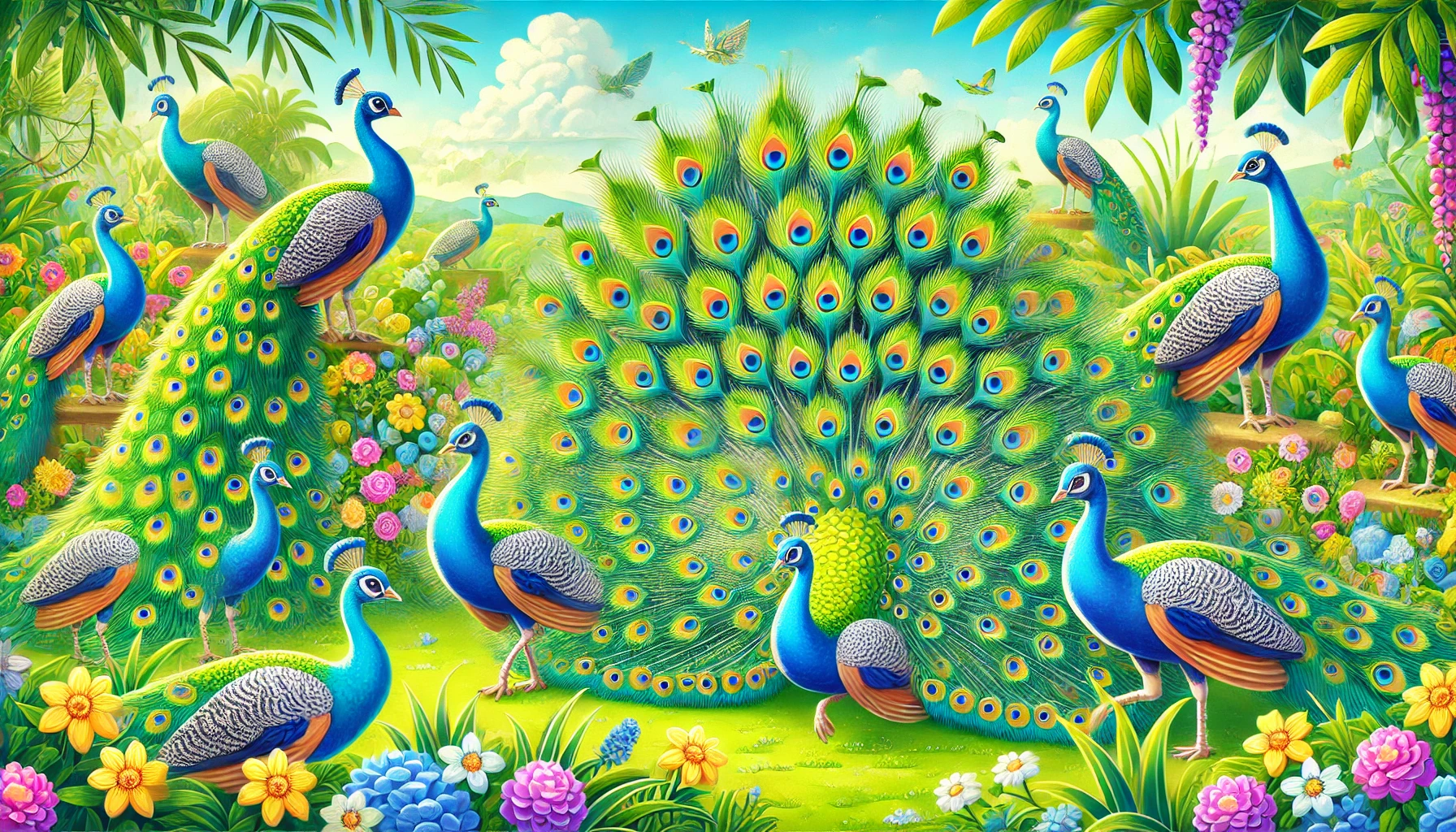Interesting Facts About Peacocks and Their Behavior
Interesting Facts About Peacocks and Their Behavior
Table of Contents:
- Introduction to Peacocks and Their Behavior
- The Different Species of Peacocks
- How Peacocks Display Feathers to Attract Mates
- The Role of Peacocks in Ecosystems and Culture
- How to Care for Peacocks in Captivity or as Pets
- Conclusion: Understanding the Unique Nature of Peacocks
Interesting Facts About Peacocks and Their Behavior
Peacocks are among the most visually stunning birds in the world, known for their brilliant and colorful tail feathers, which they fan out in a dramatic display. These large, ground-dwelling birds belong to the pheasant family and are native to South Asia, with related species found in other parts of the world. In this article, we will explore interesting facts about peacocks, their behavior, and their significance in ecosystems and human culture.
1. The Different Species of Peacocks
There are three species of peacocks: the Indian peafowl, the green peafowl, and the Congo peafowl. The Indian peafowl, also known as the blue peafowl, is the most well-known species and is native to the Indian subcontinent. It features a vibrant blue neck and body with iridescent green and gold tail feathers. The green peafowl, native to Southeast Asia, is rarer and boasts a striking green and bronze body. The Congo peafowl, the least known of the three, hails from the rainforests of Central Africa and has more subdued coloring compared to its more flamboyant relatives. Each species of peacocks has adapted to its unique environment, ranging from tropical rainforests to dry savannas.
2. How Peacocks Display Feathers to Attract Mates
One of the most iconic behaviors of peacocks is their courtship display. Male peacocks fan out their extravagant tail feathers, or “train,” which can reach up to 6 feet in length, to attract females during mating season. The vibrant eyespots on the tail feathers, along with the peacock’s elegant strutting and tail-shaking, create a dazzling display meant to impress potential mates. This behavior is an example of sexual selection, where females choose mates based on their impressive visual displays. Female peafowl, called peahens, tend to choose males with the most symmetrical and colorful tails, as these traits are often indicators of good health and genetic fitness.
3. The Role of Peacocks in Ecosystems and Culture
Peacocks play an important role in the ecosystems they inhabit. As omnivores, they feed on a variety of plants, insects, and small animals, helping control insect populations and dispersing seeds through their droppings. Their presence contributes to biodiversity in their natural habitats, such as forests and savannas.
Beyond their ecological role, peacocks have deep cultural and symbolic significance in many parts of the world. In Hinduism, the peacock is associated with the deity Saraswati, symbolizing wisdom, beauty, and purity. In ancient Greece and Rome, the bird was linked to Hera and Juno, goddesses of marriage and childbirth. Today, peacocks are often used as symbols of royalty, luxury, and pride, appearing in art, architecture, and fashion.
4. How to Care for Peacocks in Captivity or as Pets
Keeping peacocks as pets or in captivity requires careful attention to their physical and environmental needs. Peacocks need large enclosures with ample space to roam and forage, as they are naturally active birds. A secure, predator-proof enclosure is essential to protect them from threats. Their diet should include grains, fruits, vegetables, and insects to ensure balanced nutrition. In captivity, peacocks are prone to certain health issues like respiratory infections, so regular veterinary check-ups are important. While peacocks are generally hardy birds, providing a clean, safe, and spacious environment is crucial for their well-being.
5. Conclusion: Understanding the Unique Nature of Peacocks
In conclusion, peacocks are extraordinary birds known for their breathtaking feather displays, unique behaviors, and important roles in both ecosystems and human culture. From their courtship rituals to their symbolic associations with beauty and pride, peacocks continue to captivate people around the world. Whether admired in the wild, in zoos, or as pets, peacocks represent the splendor and diversity of the natural world. By understanding more about peacocks and their behavior, we can appreciate their importance in nature and human history.

<ⓒ WizardMedics (wizardmedics.com)>


